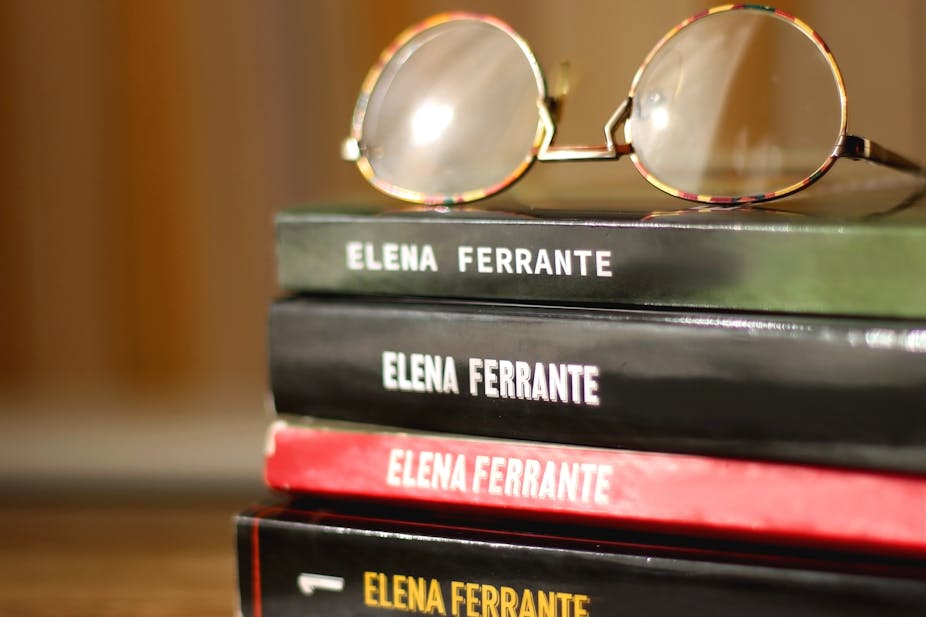Scrolling through US comedian and social media phenomenon Dril’s Twitter account can be a confusing experience for those, like me, who don’t share the same references to “Weird Twitter”, videogaming, fast food, obsessive branding and 1990s popular culture.
“Jarring combinations of the stupefyingly mundane and the elaborately scatological” characterise some of Dril’s most liked tweets, according to the New Yorker. The tweets display a fascination with dog poop, genitals and onanism. They also disregard basic rules of spelling, punctuation and grammar, and frequently use outrageously bad language.
Every so often, however, you find a little gem of caustic humour that gives you a hint of what caused Dril’s success. For example:
Sad to see people betraying their friends for no reason. couldnt be me. i only betray my friends when it gives me an Advantage.
After 15 years of posting anonymously, Dril recently revealed his identity. He is a 35-year-old man named Paul Dochney. In an interview with The Ringer, he said:
People need to grow up. Just accept that I’m not like Santa Claus. I am not like a magic elf who posts.
This reference to Santa and the fairytale realm alludes to the belief that humans are attracted to lies – that we would rather perpetuate the fabulous illusion of a magical world than search for the truth.
Anonymity and authorial power
As an expert in the Italian novelist Elena Ferrante, this reminds me of her 2019 novel The Lying Life of Adults. Ferrante is another contemporary celebrity who hides her identity behind a pen name. Despite her anonymity, her Neapolitan novels have sold more than 10 million copies worldwide.
In The Lying Life of Adults – recently adapted as a TV series for Netflix – the protagonist Giovanna is a young teenager whose world is crushed by the discovery that her father has concealed substantial truths about his past.
The object Ferrante has chosen to symbolise the desirability of falsehood is a bracelet, a shiny heirloom whose original ownership is unclear but which encapsulates feelings of greed and hatred – much like Frodo’s ring in Lord of the Rings and Voldemort’s Horcruxes in the Harry Potter franchise, which cause many people harm.

In 2016, the Italian journalist Claudio Gatti used Ferrante’s financial records to ascertain and publish her true identity. But unlike Dril, when she was unmasked, Ferrante invoked her right to remain anonymous and continued to publish her work under a pseudonym – to the huge relief of her fans.
In her latest collection of essays, In the Margins: On the Pleasures of Reading and Writing, Ferrante uses another precious object – this time an aquamarine ring rather than a bracelet – to explain how changeable reality is. As much as she tries to capture its essence, that shiny ring shifts and changes.
Each object, like all living things, is a tangle of stories, emotions, ideas. Once we attempt to catch its mutable shape in writing, it will seem “inevitably false” to us. That doesn’t matter, however, as long as the author keeps striving to find a written form for that “tangle”, in the knowledge that the narrator and writer are also “enmeshed” in it.
In choosing anonymity, I believe that Ferrante is alluding to a digital notion of authorship that is dispersed and collaborative – in which a disembodied author’s identity is shaped by dialogue with the world around them.
It is this “absolute openness to the other, to any living being, to everything endowed with the breath of life”, and ultimately to the more-than-human world, that explains Ferrante’s success on the global scene.
Anonymous holds a mirror
This is also the reason why readers and fans often prefer to remain in the dark. As long as the changeable identity of the author is not pinned down to an actual person, it will ring true. Their voice will contain the echoes of our own voice and their face will be a mirror in which we will see our own reflection.
To any artist, remaining anonymous may afford unprecedented creative freedom along with an ability to bear witness to the truth or broadcast a political message. Graffiti artist Banksy is a case in point.
The Bristol muralist is one of the most valued contemporary artists, despite the accusations of vandalism sometimes levelled at him. Recently, his powerful artwork in Kyiv has brought attention to the trauma inflicted to the Ukrainian population during the Russian invasion. His art speaks for itself.
We don’t need to know whose hand guides the pen or the brush – or who delivers Santa’s gifts. As Ferrante writes in her 2003 collection of non-fiction texts, Frantumaglia:
I woke up and the gifts were there … True miracles are the ones whose makers will never be known.
As the mask is removed, Dril might gain a closer connection with his audience. But he will lose the magical aura that anonymity had crafted for him.
This article has been updated to restore paragraphs that were mistakenly lost during the final review stage.

